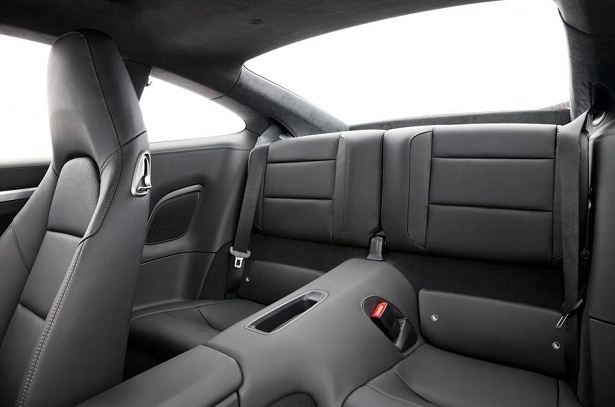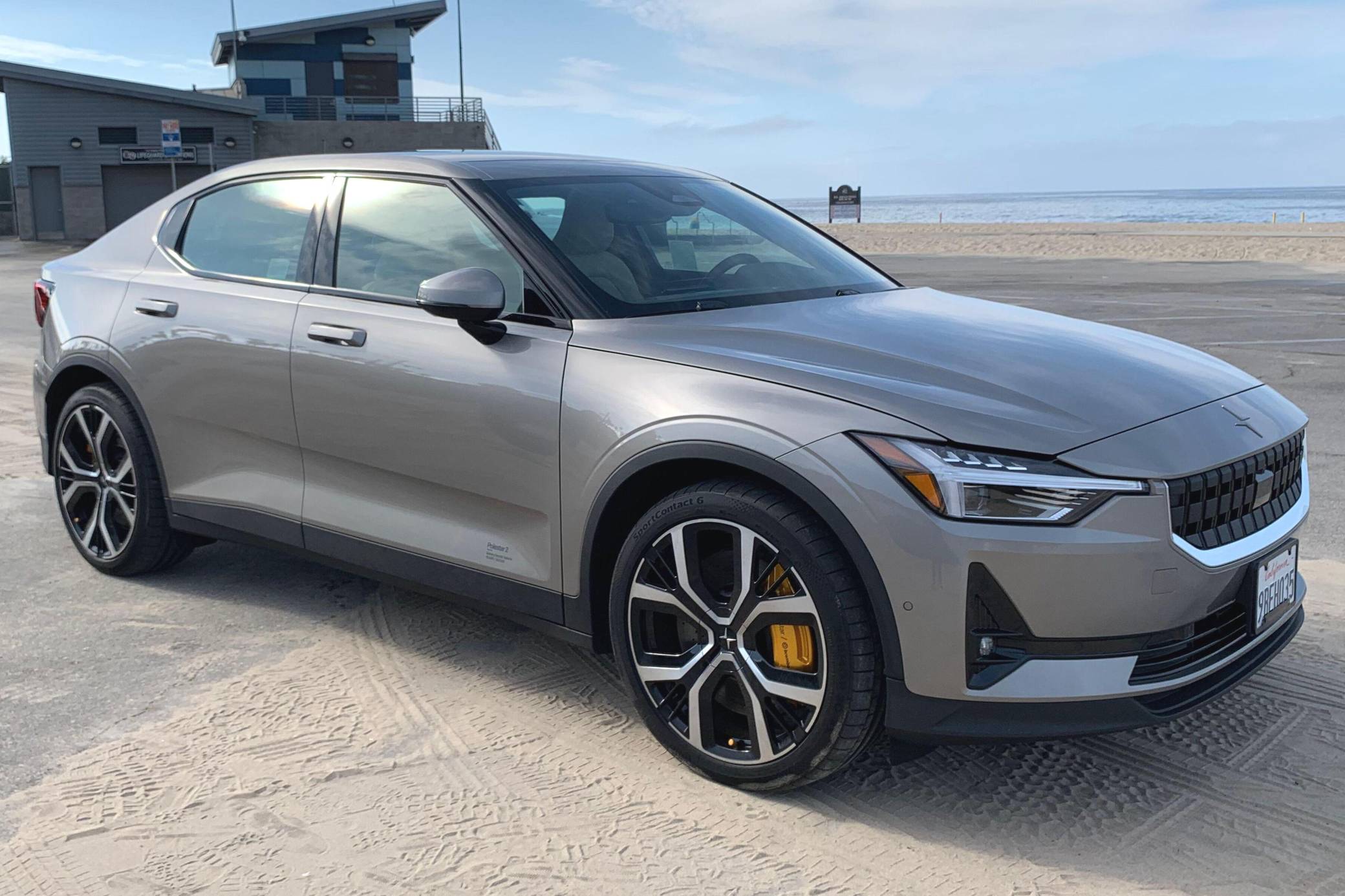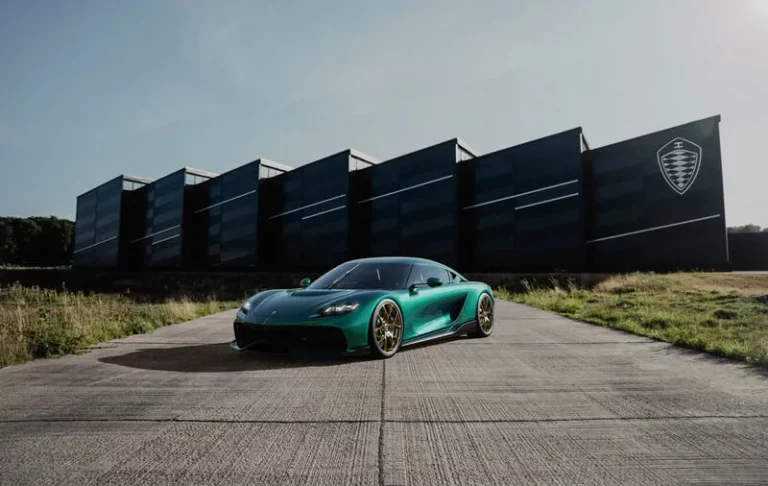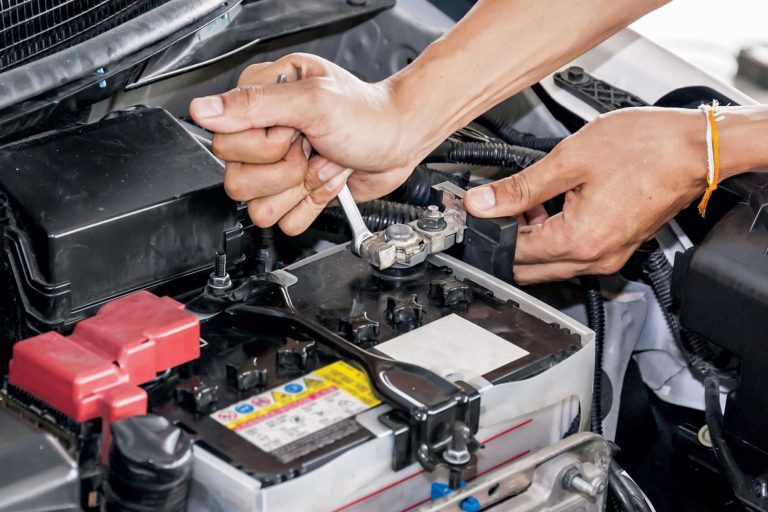What Is A 2+2 Car?
Ever come across a car described as a “2+2” or “two plus two” while browsing the classifieds or online auction sites and wondered what it means? You’re not alone. The term “2+2” can be a bit of a mystery if you’re not familiar with car jargon. In simplest terms, “2+2” refers to a specific seating arrangement in a car. But there’s more to it than just the number of seats. This term has a rich history and unique implications in the world of automobiles. So let’s find out the meaning behind the “2+2” car.

What Is A 2+2 Car?
A 2+2 car strikes a balance between the exhilarating drive of a sports car and the practicality of having extra seating. Essentially, it’s designed with two main seats in the front for the driver and a passenger, and an additional two smaller seats in the rear. These rear seats are typically more compact, making them ideal for short drives rather than long journeys, and are perfect for carrying children or extra luggage.
The 2+2 configuration allows car enthusiasts to enjoy the sporty performance and sleek design of a coupe while offering a bit more versatility when needed. This design is popular among a variety of models, from classic cars to modern sports vehicles, providing a practical solution for drivers seeking both performance and a little extra space.
Features of a 2+2 Car
Here are the key features of a 2+2 car:

- Sporty design: These cars prioritize style with a sleek, aerodynamic look, often resembling a coupe. They typically have two doors and a flowing roofline that creates a sporty silhouette.
- Seating configuration: As the name suggests, 2+2 cars offer seating for four people – two comfortable seats in the front and two smaller seats in the back. The rear seats are typically cramped and best suited for occasional use or children. Some 2+2s might have individual bucket seats in the back, while others have a full-width bench seat.
- Performance focus: These cars are built for driving enjoyment and handling. They often come with powerful engines and sharp handling for a thrilling ride.
- Practicality balance: They combine sporty characteristics with a touch of practicality by offering those extra rear seats. While not ideal for long road trips with passengers in the back, they can be useful for short trips or occasional use.
- Cargo space: Since the rear seats typically fold down, they can offer a decent amount of cargo space when not in use. This can be helpful for storing luggage or groceries.
- Luxury interiors: Many 2+2 cars are high-end vehicles and feature luxurious interiors with premium materials and amenities.
- Price: Due to their sporty nature and performance focus, 2+2 cars tend to be more expensive than their four-door counterparts.
Overall, 2+2 cars are a great option for drivers who want a stylish and sporty car that also offers a bit of extra practicality. They’re perfect for those who enjoy driving and want a car that’s fun to take on a winding road.
A Brief Timeline of the Four-Seat Ferrari
Ferrari, renowned for their innovative designs, began creating four-seat coupes back in 1959. This was with the iconic introduction of the 250 GTE. Let’s see their journey with 2+2 vehicles.
In the sixties, there was a burst of creativity in Ferrari’s workshops. Post the successful release of the 250 GTE, they launched the 330 GT 2+2 in 1964 and swiftly followed up with the 365 GT 2+2 in the same year. The 70s were notoriously unpredictable, yet Ferrari held a firm grip on their vision. The 365 GTC4 made its debut in 1971, which was soon followed by the 365 GT4 2+2 in 1972.

You might appreciate the ambitious Dino 308 GT4 which was Ferrari’s highlight in 1973. The 80s sprung forth surprises from Ferrari, the first being the 400 GT introduced in 1976 and subsequent releases of Mondial and 412 in 1980 and 1985 respectively.
Right in the heart of the 90s, you find the 456 GT hitting the road in 1992. A unique blend of the past and future was the 2005 model 612 Scaglietti. And if you wondered about Ferrari’s recent 2+2 innovations, then you must note the 2011 FF and the 2016 GTC4Lusso. The Purasangue is Ferrari’s maiden venture in the SUV category, yet with a touch of their 2+2 heritage.
This brief timeline reflects Ferrari’s consistent embrace of four-seat cutouts across decades. Their ever-evolving 2+2 designs capture the essence of style, practicality, and performance.
Advantages of Owning a 2+2 Car
Owning a 2+2 car comes with a unique set of advantages that blend the thrill of a sports car with the practicality of a family vehicle. Here are some of the key benefits:

-
Sporty Aesthetics with Practical Features: 2+2 cars maintain the sleek, stylish look of a sports car while adding practical seating for up to two additional passengers. This means you can enjoy the best of both worlds: driving a car that turns heads, with a bit more room for friends or family.
-
Versatility: The additional rear seats can be used for passengers on shorter trips or folded down to increase cargo space, making 2+2 cars more versatile than traditional two-seater sports cars. This flexibility is great for everyday use, whether it’s running errands or a weekend getaway.
-
Better Insurance Rates: Often, 2+2 cars can be cheaper to insure than pure sports cars because they’re seen as less risky. Insurers might view them as family cars rather than race-ready machines, which can lead to more favorable insurance premiums.
-
Family-Friendly: For car enthusiasts with small families, a 2+2 car can be a compromise that doesn’t sacrifice fun for functionality. The rear seats can accommodate children, making these cars a more practical choice for parents who aren’t ready to give up on sports cars.
-
Enhanced Resale Value: The unique combination of sportiness and practicality can make 2+2 cars more appealing to a broader range of buyers. This appeal can help maintain their value and possibly make them easier to sell in the future.
-
Daily Driveability: Unlike some high-performance sports cars that can be impractical for daily use, many 2+2 cars are designed with comfort in mind, making them suitable for regular driving. Features like better fuel efficiency, more comfortable interiors, and advanced tech make them enjoyable for daily commutes.
-
Unique Market Niche: Owning a 2+2 car puts you in a unique category of car ownership, standing out among the more common vehicle types. This uniqueness can be a point of pride and a conversation starter among car enthusiasts.
Frequently Asked Questions
How has the 2+2 car evolved over time?
The Datsun 260Z and Nissan 300ZX are shining examples of 2+2 cars evolution, maintaining their sporty features while improving in ride comfort and practicality. Changes also include design tweaks and improved engine performance.
Are 2+2 cars like Ferrari and Nissan still sports cars?
Yes, despite the addition of back seats and minimal increase in size and weight, 2+2 cars like Ferrari and Nissan are still categorized as sports cars and offer an exhilarating driving experience much like solo sports cars.
Why does a 2+2 car have a longer wheelbase?
The longer wheelbase of a 2+2 car improves ride quality offering a smoother drive. It also provides additional space for back seats thereby ensuring more room for passengers.
How does the presence of backseats increase the market appeal of 2+2 cars?
The presence of backseats extends its features from just a sports car to a family car. This directly expands the market appeal to families, thereby increasing the practicality for everyday use.

Hi! I’m Larry Gibbs, studying mechanical engineering with a focus on cars. I really love Ferraris and write blog posts about the latest car stuff. When not studying or blogging, I’m usually on a road trip exploring new places. I also enjoy playing football and watching movies. Life’s an adventure, and I’m all about enjoying the ride!






